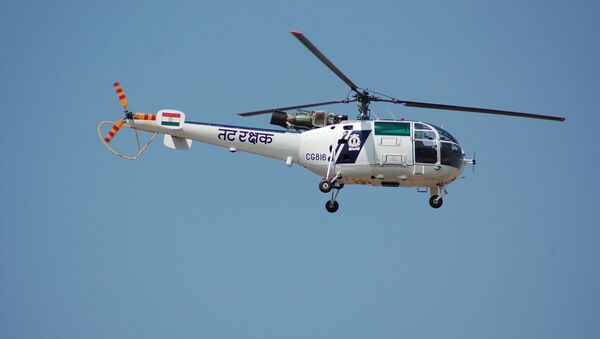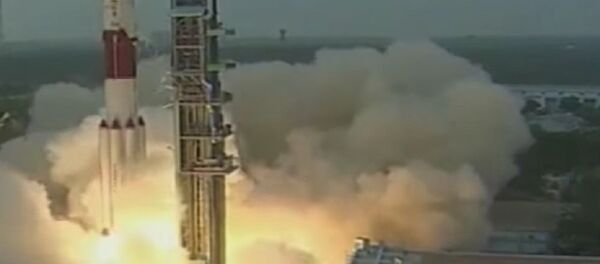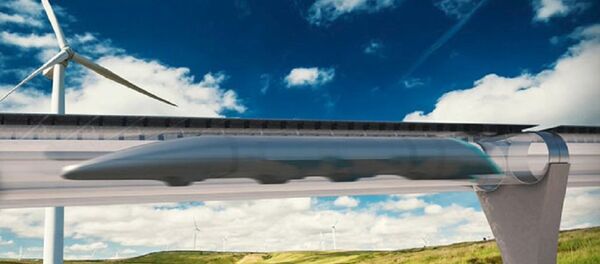Both Cheetah and Chetak have single engines unlike two in the modern models that make the latter more reliable in emergencies. The machines also lack autopilot, weather radar, duplicity of systems and on-board computer for engine control.
Meanwhile, the state-owned Hindustan Aeronautics Limited (HAL) has produced and tested a home-grown Light Utility Helicopter (LUH) and offered it as a replacement for Cheetah and Chetak. However, the Indian Army has been skeptical of HAL's capability to deliver on time.
This clash of interests has been put to a course correction by the Government's move to have ‘Make India initiative' by getting LUHs manufactured in India with full technology transfer from Russia. Under this arrangement, a total of 200 Ka-226T Helicopters are to be supplied by the Indo-Russian joint venture (JV).
The Chetak and Cheetah light utility helicopters are considered the lifeline for army formations and troops deployed at icy heights, especially the Siachen Glacier, the world's highest battlefield. Due to the arduous terrain of India's Eastern and Northern borders, this class of helicopters is essential for maintaining enhanced defense preparedness and operational readiness, but the flying machines have become almost archaic considering the outdated technology they are based on.




